Earthquakes shake the ground beneath our feet and cause buildings, roads, homes, and other fixtures of our societies to crumble. The size or magnitude of earthquakes is determined by measuring the amplitude of the seismic waves recorded on a seismograph and the distance of the seismograph from the earthquake. A magnitude 8.6 earthquake releases energy equivalent to about 10 000 atomic bombs of the type developed in World War II. Fortunately, smaller earthquakes occur much more frequently than large ones and most cause little or no damage.
In assessing seismic hazard, we aim to relate earthquake occurrence to the effects at a site, typically in terms of ground shaking. By combining geological and seismological information, we build up a model of the earthquake-generating processes in a region and use this to compute the hazard. Evaluating seismic hazard aims to strengthen institutional capacity which includes the development of building codes, structural design and in assessing seismic risk.
Here you can download the software installer and make comments on your use experience.
Software
CAPRA-EQ
CAPRA-EQ is the new CAPRA module for stochastic modeling of seismic hazard used in risk analysis, reduction and management. This software is the result of continuous and...
View MoreCRISIS 2007
CRISIS 2007 is the CAPRA seismic and tsunami hazard module. It allows the complete definition of a seismic model for probabilistic hazard assessment, and the calculation...
View MoreSeismic Hazard Integration
SEISMIC HAZARD INTEGRATION is the new CAPRA module intended to integrate seismic hazard at rock level with site effects generated from deep soil deposits analysis....
View MoreSoil Effects
SOIL EFFECTS V1.0 is the new CAPRA module for probabilistic modeling of seismic waves’ amplification as they travel through soil profiles. This software is the result...
View More
